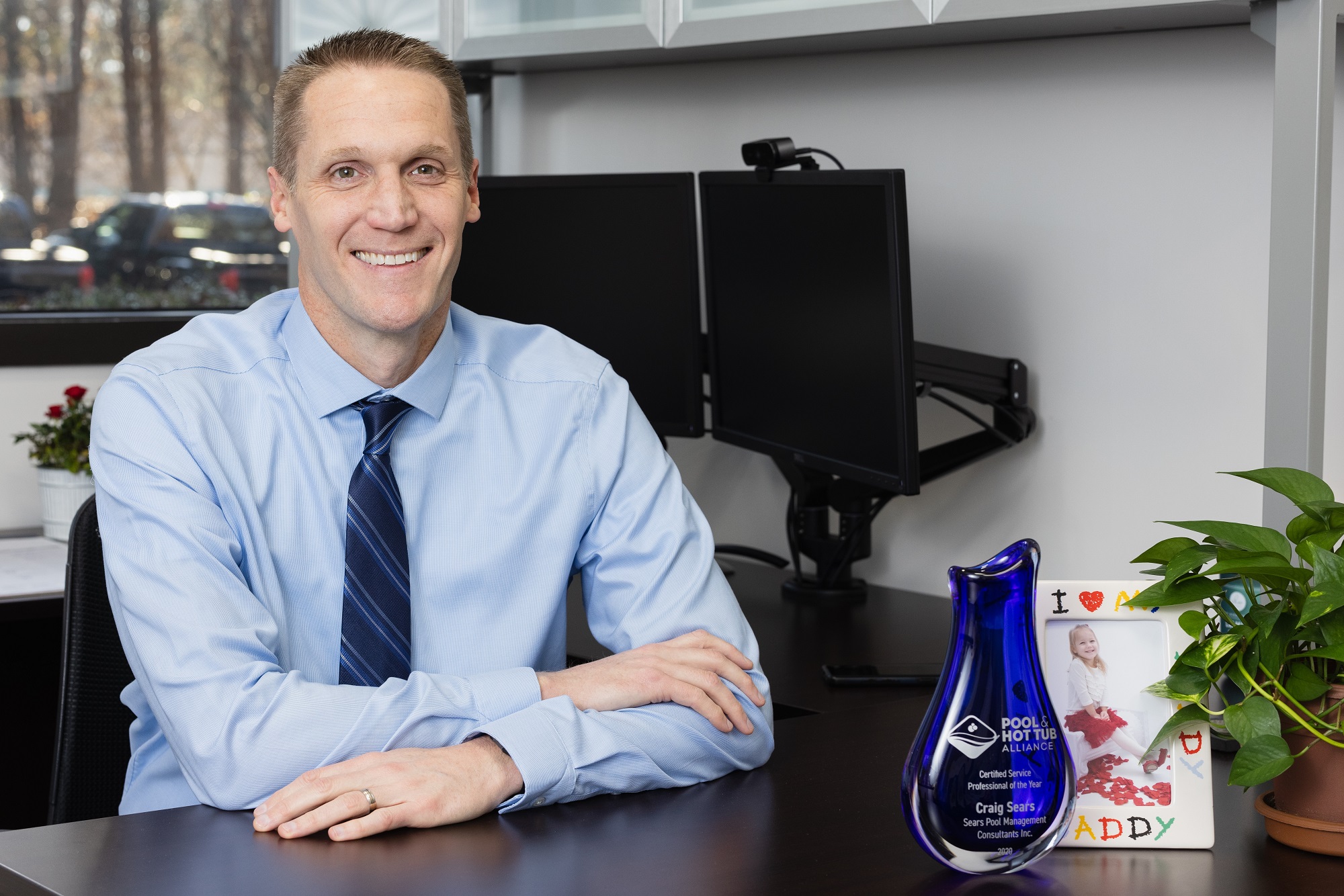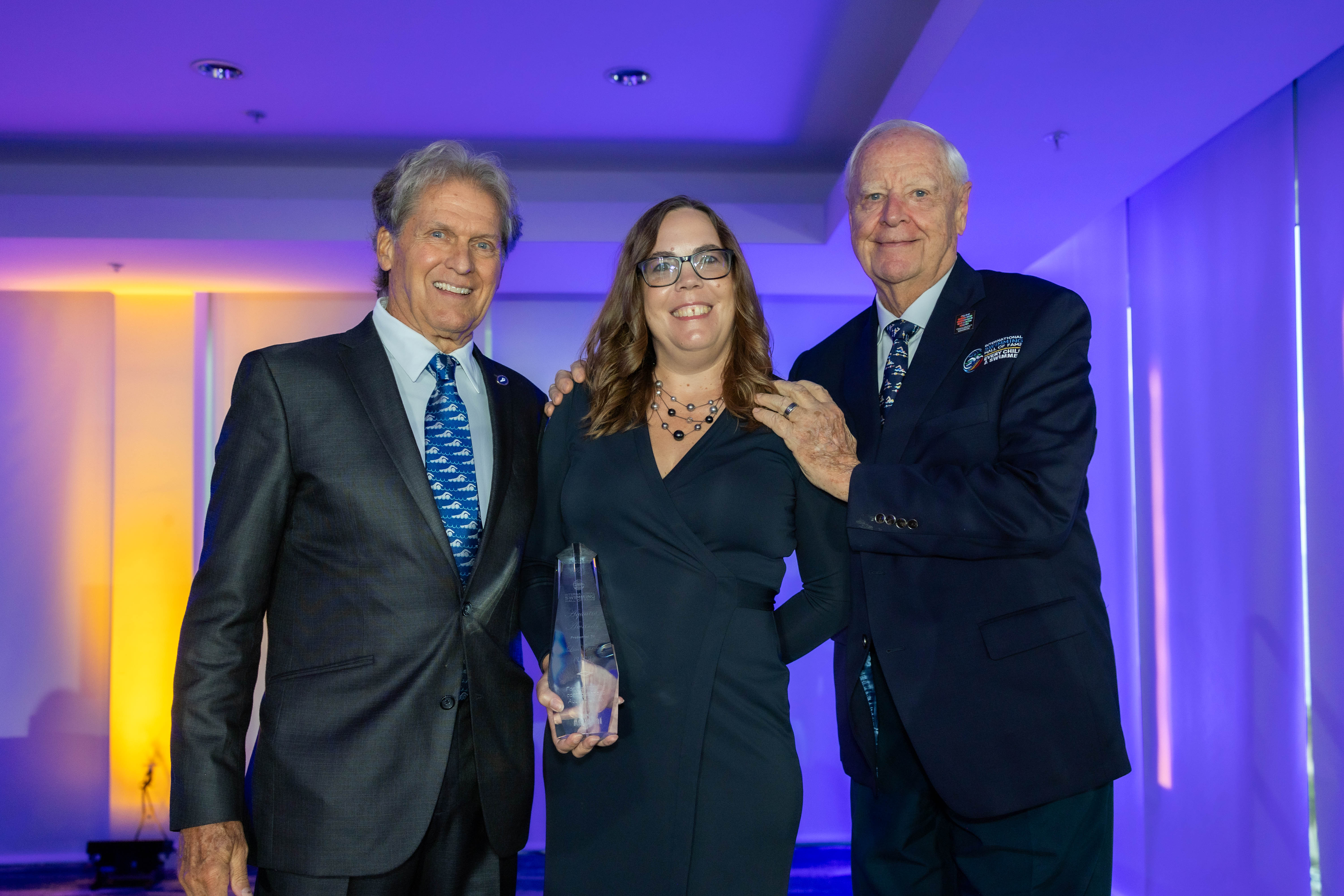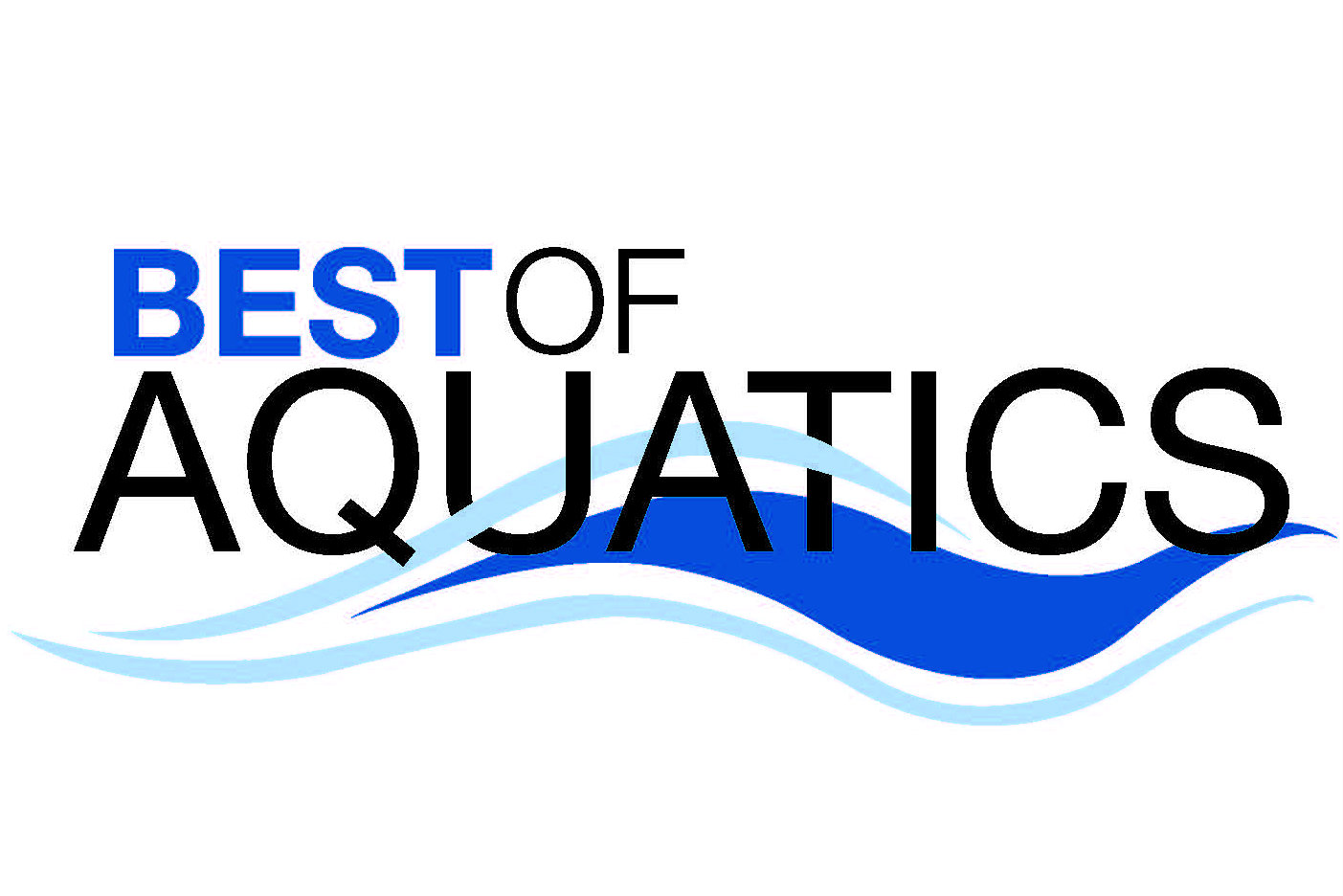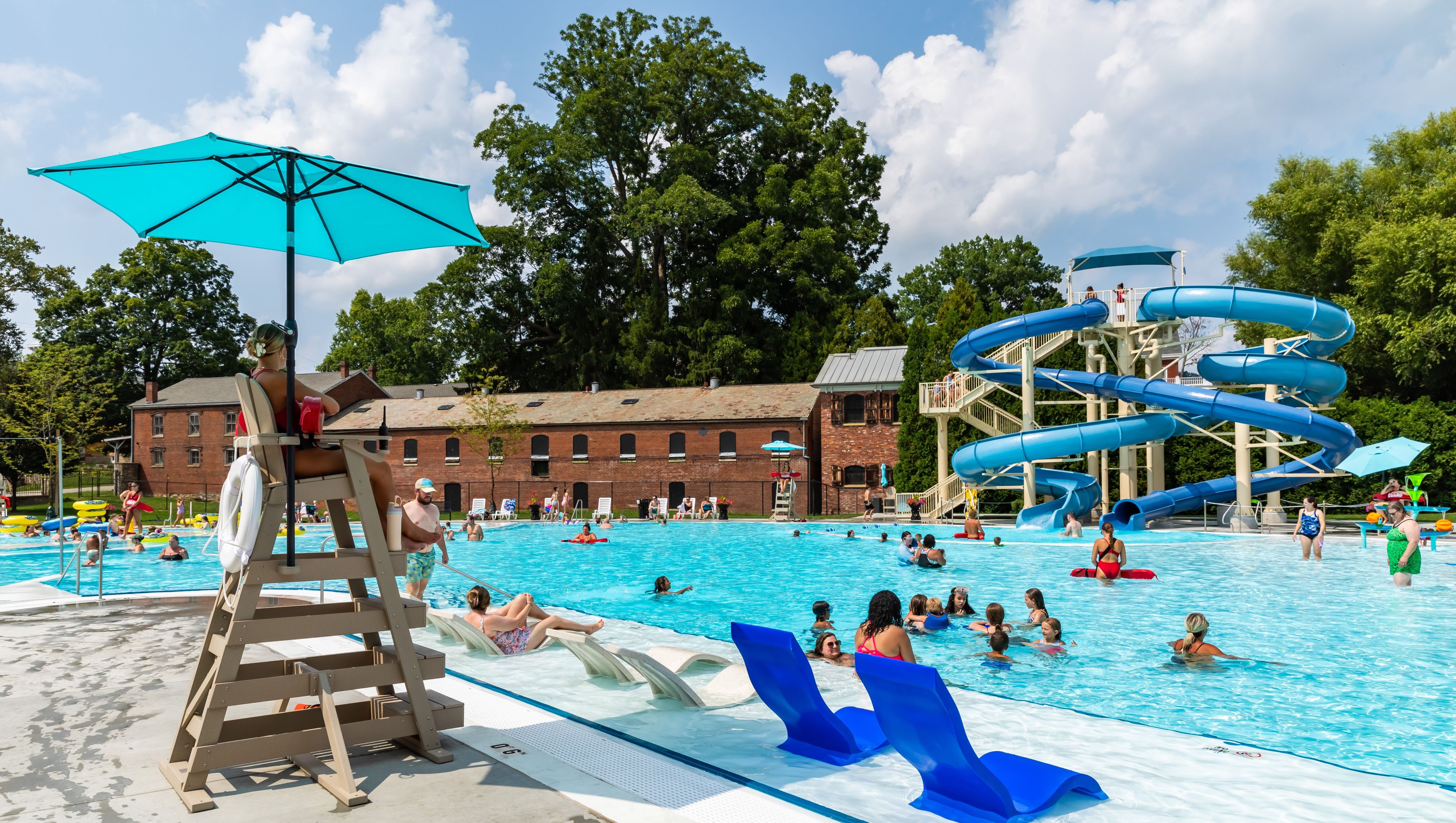There’s the 80/20 rule, which says that 80% of the work is done by 20% of the people. If that applies to industrywide efforts to promote the industry and safety, then Craig Sears stands firmly in the 20%.
At pool- or aquatics-industry events, you likely will see Sears there. If there’s an aquatics-related organization, he’s probably affiliated at some level.
The president of Sears Pool Management in Sandy Springs, Ga. first became an active volunteer in the early 2000s, as a relatively new business owner. Proposed legislation in his home state threatened to ban the building and filling of all pools. In a rare instance, the legislation included commercial and public pools, and existing pools of all types. He became an amateur lobbyist of sorts, meeting with state officials to smooth out the misunderstandings regarding pools and water usage, as well as explain the potential impacts of such bans on employment and local economies, thus convincing them to alter the drought legislation.
Since then, he has led a multifaceted volunteer life. He serves on PHTA’s CPO Advisory Council, which has helped CPO instructors through the transition from the National Swimming Pool Institute to PHTA, as well as facilitating the switch from in-person to virtual instruction necessitated by COVID-19. He participated in the drafting of protocol for reopening pools during the pandemic, and helped spread the word.
PHTA named Sears Certified Service Professional of the Year in 2020 and, in 2018, recognized him as a Fellow for his career’s work.
Sears started the Greater Atlanta Water Safety Alliance, which is his local chapter of the National Drowning Prevention Alliance. Representing the group, he gives presentations to any local organization interested in water safety and drowning prevention. And he helped develop a new program whereby the organization provides scholarships for swim lessons.
He instructs peers as well, having presented multiple times at the Association of Aquatic Professionals conference and World Aquatic Health Conference.
The life aquatic
Pools have been a part of Craig Sears’ life since almost the beginning.
“I was what you would call, in the ’70s and ’80s, a pool rat,” he says. “My Mom would bring myself and my sister down to the pool every morning. We’d practice with the swim team, and then we would not want to leave. So my Mom would pack lunch and we’d be there all day.”
It wasn’t only the water that held his attention. “It’s just, I remember growing up being around a pool with a real sense of community and friends all around,” he says.
He swam competitively from nine years old through college. He coached, lifeguarded, taught swimming and operated pools during summers throughout high school and college.
Tough choices
He was ensconced in aquatics. But once he’d earned his Bachelors degree in Biology from Washington and Lee University, he figured he’d aged out and needed to find a career path elsewhere. So he took a job in sales.
“I missed aquatics, but I didn’t see a career path there,” he says. “I didn’t see how I can make the money that I wanted to support a family and to live the lifestyle that I wanted.”
He found a way, thanks in large part to a very persistent former employer who kept asking him to come back to run their pool. It wasn’t a full time job, though. “I finally said I’ll do it as a side gig, as a hobby, because I love it and miss it.”
To draw up contracts, he traded services with an attorney whose child he was teaching to swim.
In a year, Sears accumulated nine clients and began working full-time in his business. (This was about the same time he earned his MBA in management from Georgia State University.)
He did consider leaving aquatics — once, during the housing crisis that gutted the industry.
“My answer was, ‘No, you’re supposed to be here,’” he says. “It just resonated. For me, it’s more mission-oriented. I feel called to get more people excited about aquatics and the water in general.”
As part of this mission, he looks for ways to help tackle the staffing shortage and draw more people to enjoy the benefits of an aquatics career. He helps by teaching classes on such topics as lifeguard training strategies, ways to address staff shortages, and whether or not to charge for lifeguard training. He also helps organize events for his PHTA chapter’s Wave group, created for young pool and aquatics professionals.
“I think it’s an industry that’s been undervalued and underappreciated,” Sears says. “And I think that’s a large part of why we found ourselves in this terrible staffing shortage. But I feel like that’s changing. And I want to be part of that change.”



